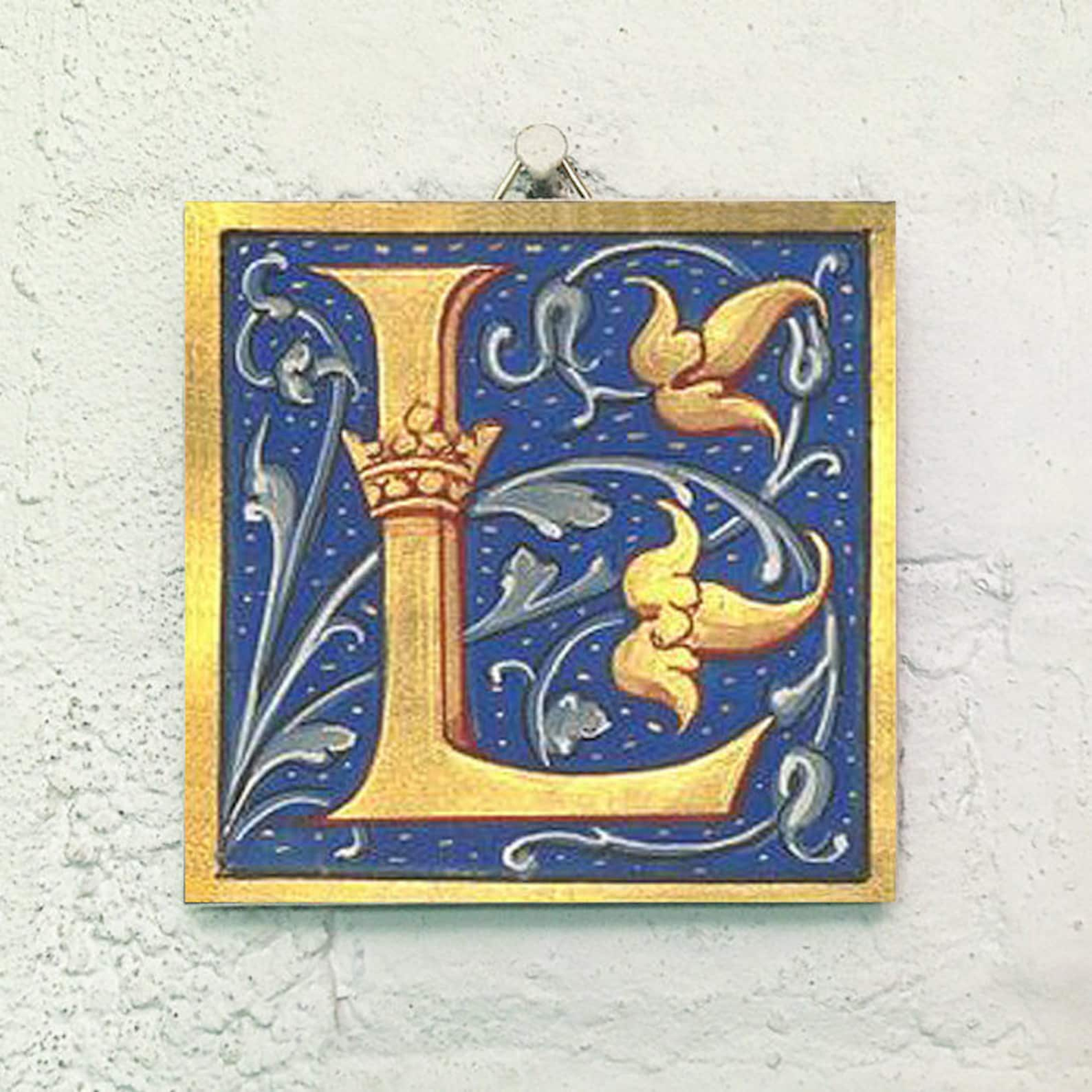

Ultimately, the introduction and widespread use of the printing press, beginning in the fifteenth century, would lead to a sharp decline for this tradition of embellishing books and turning cherished texts into true works of art. The pigments that literally “illuminated” the books were made from a variety of substances: animal, vegetable, and mineral, with gold being used to show wealth and status. Once the text was filled in by the scribe, the manuscript was turned over to the illuminator for decoration and illustration. Script styles evolved over time and the origin of a manuscript can often be identified by the book hand or script used. Each postcard features one illuminated letter from a book or manuscript in the Bodleian Librarys collection. A scribe would first write out the text using an ink-pot and a sharpened quill or reed pen. Now, withAn Illuminated Alphabet, readers young and old can enjoy a wide selection of these extraordinary letters in twenty-six pull-out postcardsone for each letter of the alphabet. A large manuscript book might require the skins from a whole herd of cows or sheep. Typically, vellum or parchment, made from stretched, treated animal skins, was used for manuscript leaves. By the end of the period, many of the painters were women, especially in Paris.Īlthough paper was available in southern Europe as early as the twelfth century, its use did not become widespread until the late Middle Ages. Many were personalized with heraldry, portraits, and illustrations specified by the buyers who commissioned them. Shop affordable wall art to hang in dorms, bedrooms, offices, or anywhere blank walls arent. By the late fourteenth century, commercial scriptoria (writing centers) grew up in the large cities of Europe and the Middle East where more affordable manuscripts were duplicated by scribes or students. Unique Illuminated Letter Posters designed and sold by artists. 4,360 Illuminated Manuscripts Premium High Res Photos Browse 4,360 illuminated manuscripts stock photos and images available or start a new search to explore more stock photos and images. now Graffiti Lettering Calligraphy Alphabet Illuminated Letters Tattoo Name. The content of the medieval manuscript can also be important many surviving works are Books of Hours, but you can also find psalters, chronicles, notarial records or many other kinds of documents.

By the beginning of the thirteenth century, with the growth of universities in Europe, the demand for secular books increased as did the production of illuminated manuscripts. Search from Fancy Letter stock photos, pictures and royalty-free images from. Manuscripts that are illuminated will likely be valued several times higher than a similar manuscript that is entirely text. Smaller religious books like psalters and books of hours were produced for the wealthy as signs of status. Illumination was reserved for special books, such as altar Bibles used in cathedrals, as well as books commissioned by rulers for their personal use or as diplomatic gifts. In the early Middle Ages, most books were produced in monasteries for religious use. The images used to enhance the letters include animals, plants, and mythological. This exhibition focuses on the rich tradition of manuscript illumination in Europe and the Middle East. An illuminated letter was usually the first letter of a page or paragraph. Many of these provide us with the only surviving examples of early painting. Surviving manuscripts, all executed using similar techniques, have been found in Europe, the Middle East, Asia, and Mesoamerica. A single manuscript created in this way would have taken months or even years to complete, making them extremely costly to produce. Illumination is the art of decorating handwritten books with gold, silver, and colored inks and paints to embellish pictures, letters, and margins.

The word manuscript is taken from the Latin manu scriptus, meaning written by hand. Handwritten books, or manuscripts, existed for more than one thousand years before Gutenberg printed his first Bible. Painted Pages: Illuminated Manuscripts 13th to 18th Centuries features more than thirty works from medieval Bibles, prayer books, psalters, books of hours, choir books, missals, breviaries, and lectionaries as well as a selection of rare Hebrew and Arabic manuscripts. Painted Pages: Illuminated Manuscripts 13th to 18th Centuriesįrom the Reading Public Museum, Reading, Pennsylvania


 0 kommentar(er)
0 kommentar(er)
